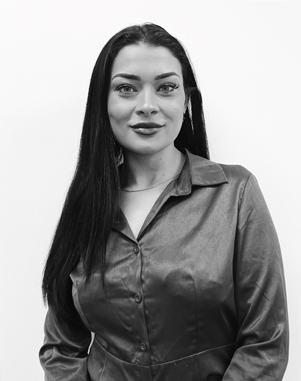A trust is a way to control the distribution of property and assets, including money. A trust can ensure that assets are distributed under specific circumstances to specific beneficiaries.
Due to the tax and inheritance benefits associated with trust structures, they are frequently used in Australia.
Fundamentally, a trust is a fiduciary relationship between three separate parties:
The settlor
The settlor is the person who creates the trust and puts their property into it. The settlor allows the trustee to hold a legal or equitable interest in property, not for the benefit of the trustee but the beneficiary.
The trustee
The trustee of a trust is the person who holds and controls the property inside the trust for the beneficiary. The trustee must maintain the trust and they have onerous duties to abide by the rules and terms of the trust deed.
A trust deed instructs how the trust assets can be used, and the trustee is legally bound to carry out those instructions. The assets may only be used according to these instructions and for the nominated beneficiaries.
If a trustee is found to be misusing assets they may be removed and subjected to legal action.
The decision to act as a trustee should not be taken lightly.
The beneficiary
A beneficiary of a trust is a person or entity for whose benefit the property is held. The beneficiary can receive the property in many ways. For example, they can receive the property outright, as a percentage incrementally over time, or as payment for expenses over the beneficiary’s lifetime.
How the trust assets are disbursed depends on the reason(s) for the trust.














